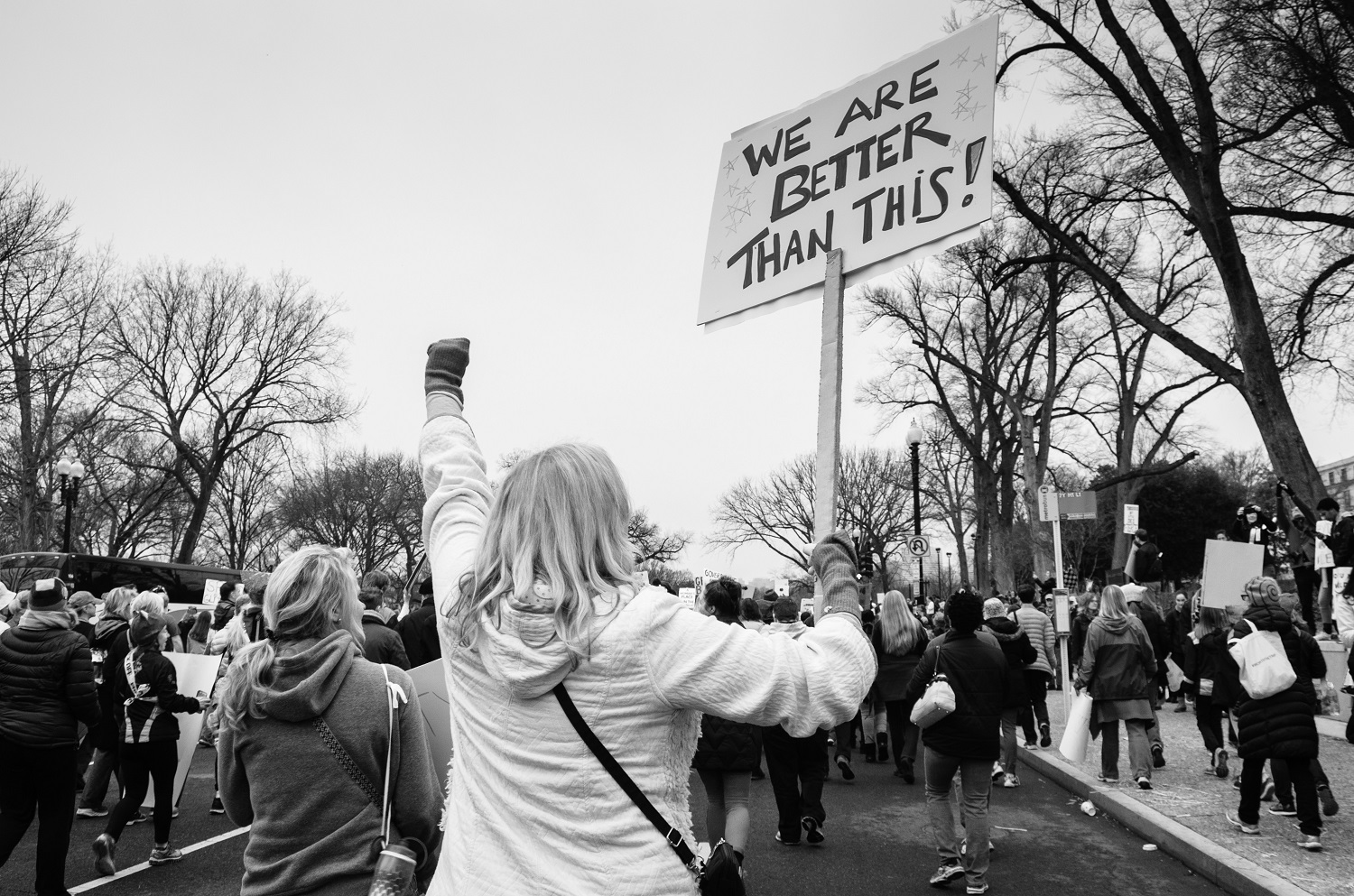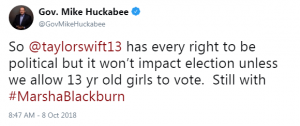Three Things: Can’t Keep Quiet
This was the unofficial anthem of January 2017’s Women’s March. I needed the reminder this Monday after the insult of Kavanaugh’s nomination.
Speaking of insults…
~ 3 ~
It must be the current propaganda theme common to both Republicans and the Kremlin to mock women who stand up for themselves.
Senator McConnell thinks he and his white gerontocracy were attacked by mean old feminists, telling the audience at a press conference in Kentucky, “I couldn’t be prouder of the Senate Republican Conference. We were standing up for the presumption of innocence in this country . . . And secondly, we were literally under assault . . . There was a full-scale effort to intimidate.”
Oh Turtlehead. You are so feeble and an insult to the state of Kentucky.
Meanwhile Russian media has been pushing a fake video showing women attacking men for ‘manspreading’. The video spread rapidly but goodness knows how much of that is bot traffic. The intent is incitement of anger and violence against feminists specifically and women at large though the truth is the overwhelming majority of women would never attempt anything like that in the fake video for fear of immediate physical reprisal by men.
There’s really no need for incitement. Women are far more likely to be attacked as one woman was this weekend outside Detroit, shot after she refused a man’s advances. Three women die each day in the U.S. of domestic violence.
But McConnell and GOP senators were under assault. Right.
~ 2 ~
After songwriter, musician, and singer Taylor Swift posted on Instagram against GOP senate candidate Marsha Blackburn, another clueless old white dude came out to taunt and insult her and her fans.
Swift’s 28 years old; she’s been a number one hit performer for the last dozen years. The majority of her fans range in age from tweens to retirees, in no small part because she began her career in country music rather than pop rock. She has nearly 84 million followers on Twitter alone and I’m sure there are far fewer bots as a percentage than there are following Trump. Swift’s got one hell of a microphone.
But do go ahead, Huckster Huckabee, and mock them. I’m sure this will persuade them to vote for Blackburn.
~ 1 ~
The only nit I have with Swift’s social media plea to vote for Democratic candidate Phil Bredesen (and not Blackburn) is that she should have done this a week or more ago. There are many states with deadlines for registration TODAY and TUESDAY this week. Celeste_pewter has the details in this Twitter thread.
If you haven’t registered, drop everything and do so now. If you know of someone who hasn’t, drop everything and help them right now.
Pay particular heed to college students living on campus and those who are stuck at home due to disability and illness. Help them with registration and obtaining an absentee ballot.
What are you waiting for? Another insult?
~ 0 ~
This is an open thread.



